
Animal
13:08, 03-Mar-2019
World Wildlife Day: Protecting life below water
Updated
13:52, 03-Mar-2019
By Zhao Ying
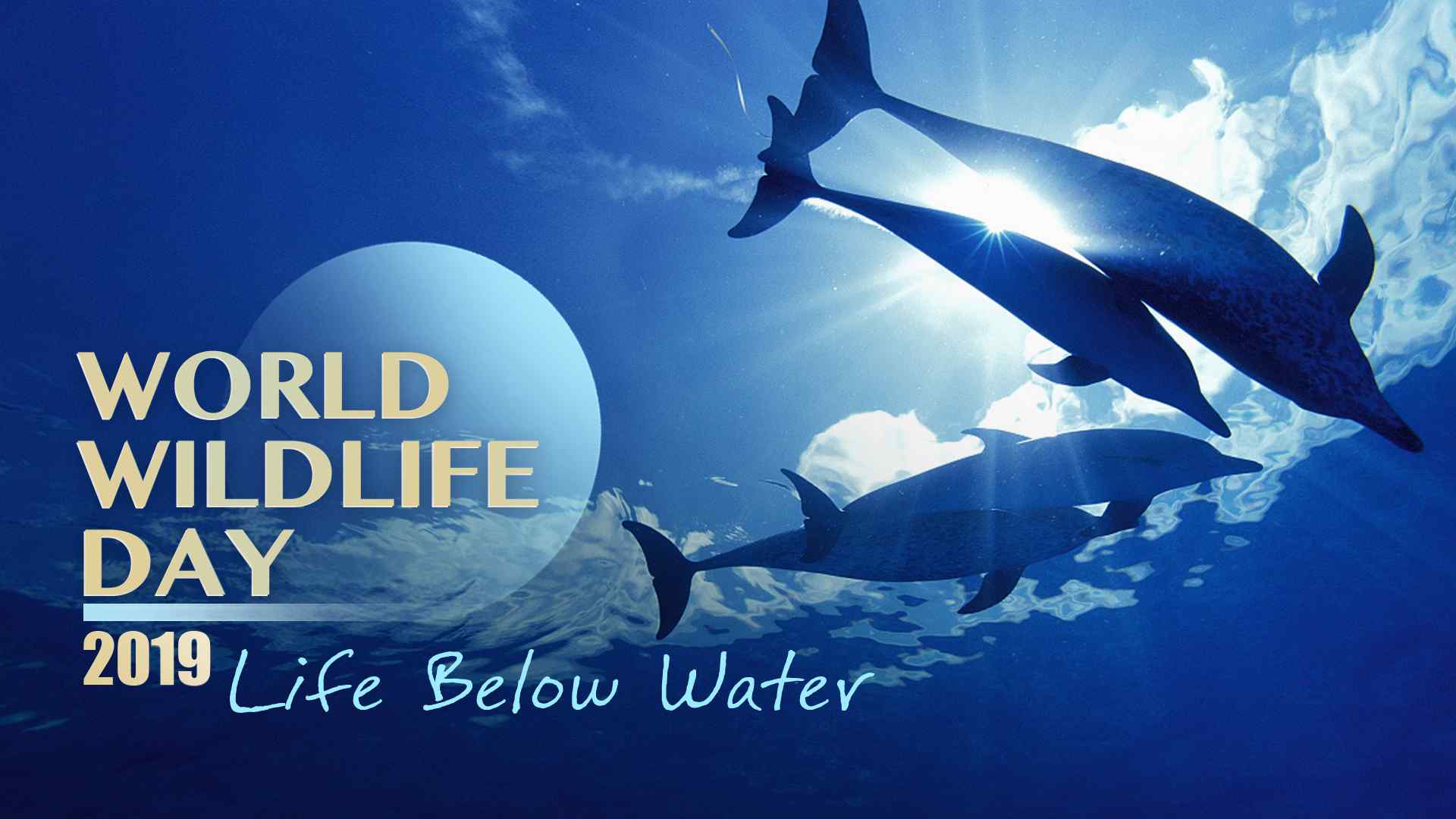
The sixth World Wildlife Day falls on March 3 and calls for global attention on marine wildlife for the first time. China kicked off its own campaign at Shenfeng Sea World in east China's Zhejiang Province on Thursday.
What is World Wildlife Day?
World Wildlife Day was established by the United Nations General Assembly (UNGA) in 2013. It is celebrated on March 3, the day the Convention on International Trade in Endangered Species of Wild Fauna and Flora (CITES) was signed, with the hope of raising people's awareness of protecting wild animals and plants on Earth.
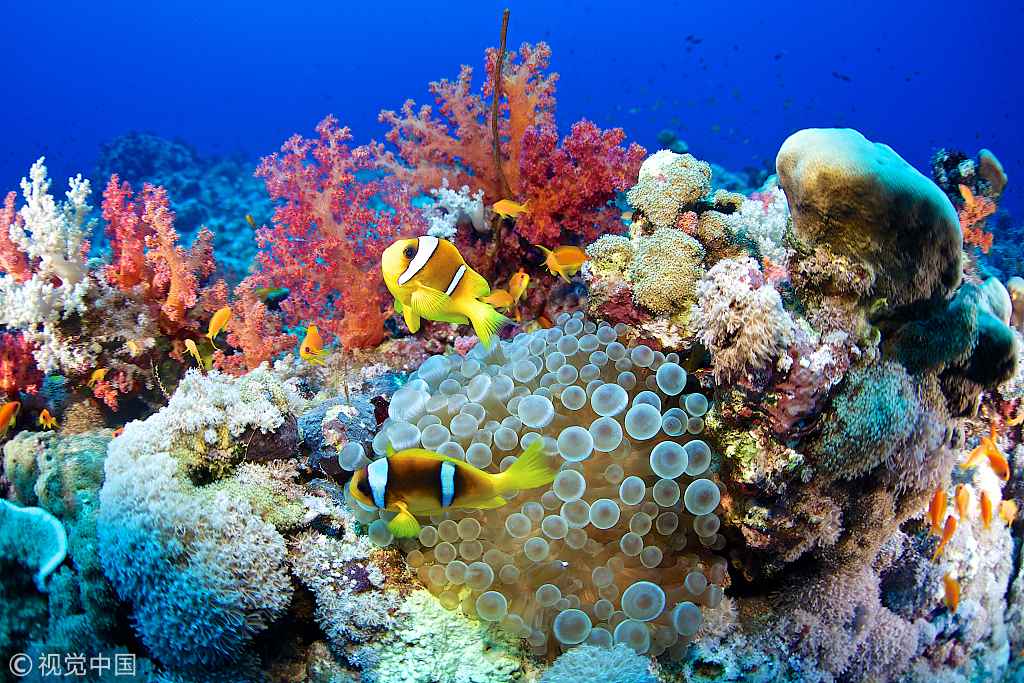
Clown fish and sea anemone. /VCG Photo
Clown fish and sea anemone. /VCG Photo
This year's theme is "Life below water: for people and planet," which is in line with the UN Sustainable Development Goal (SDG) of "conserving and sustainably using the oceans, seas and marine resources for sustainable development."
Why does marine life matter?
Considered as the birthplace of life, the vast and mysterious ocean is home to nearly 200,000 identified species. The diverse marine life in the oceans, not only provides food and material for us, but has also inspired scientists to uncover its secrets.
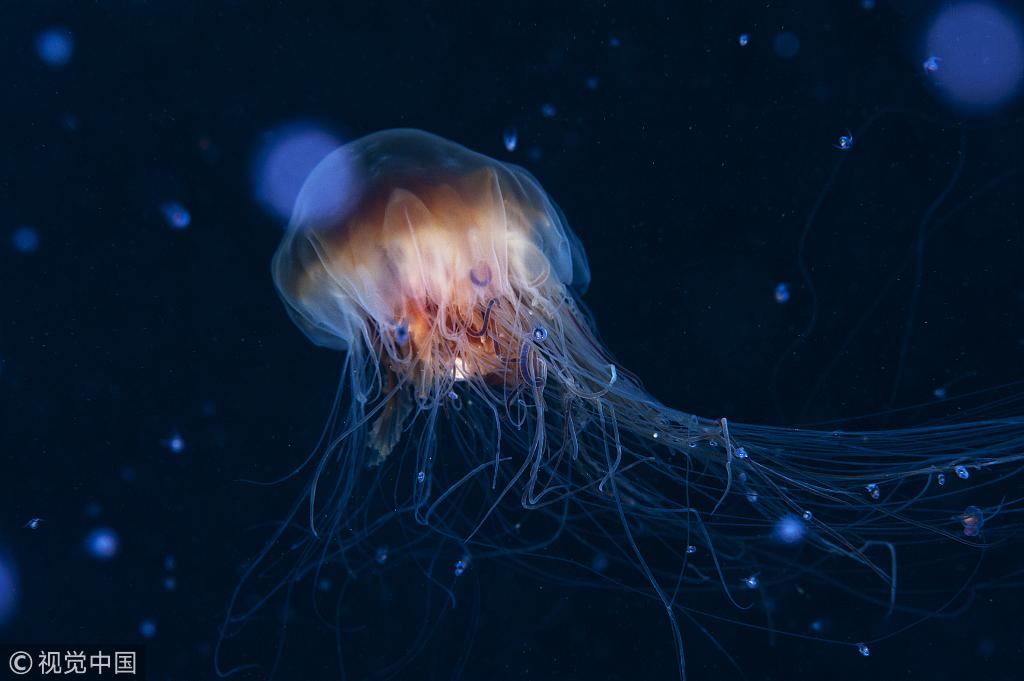
A lions mane jellyfish drifts in the current. /VCG Photo
A lions mane jellyfish drifts in the current. /VCG Photo
Nowadays, many people depend on marine life for their livelihoods. It is estimated that the market value of global marine and coastal resources and industries reaches three trillion U.S. dollars per year, accounting for five percent of global GDP.
However, habitat loss, pollution, climate change, overfishing and other factors all threaten the sustainability of marine resources. In the last century, 80 percent of hawksbill turtles have been lost. Every year, 100 million sharks are killed, the population of which are hard to recover because of their low reproductive rate and late sexual maturity.

Amur ide, commonly known as Huazi fish. /VCG Photo
Amur ide, commonly known as Huazi fish. /VCG Photo
As the ocean gets warmer, fish populations have declined by 4.1 percent from 1930 to 2010, meaning the loss of 1.4 million metric tonnes of fish, according to a new study published in the journal Science on Thursday. Fish provides the necessary animal protein for people, especially in coastal and island countries. Therefore, conservation is an urgent task.
What is China doing to protect marine life?
At present, China has established 111 special marine protection areas, occupying an area of 71,500 square kilometers, to conserve marine species. Among them, 71 special marine protection areas are at a national level, including 48 national marine parks. Additionally, over 200 aquatic wildlife nature reserves are built to protect them.

A green sea turtle getting cleaned by yellow tangs and lined bristletooth. /VCG Photo
A green sea turtle getting cleaned by yellow tangs and lined bristletooth. /VCG Photo
Among the seven different species of sea turtles in the world, five are in China and are all under second-class state protection. China has built sea turtle habitat reserves in south China's Guangdong and Hainan provinces, as part of efforts to ensure the survival of the species.
In addition, China has implemented the Law on the Protection of Wild Animals, Regulations on Wild Plants Protection, and Regulations on the Protection of Aquatic Wild Animals to enhance protection. As a contracting party of CITES, China has committed to international obligations in combating the illegal trade of wildlife.
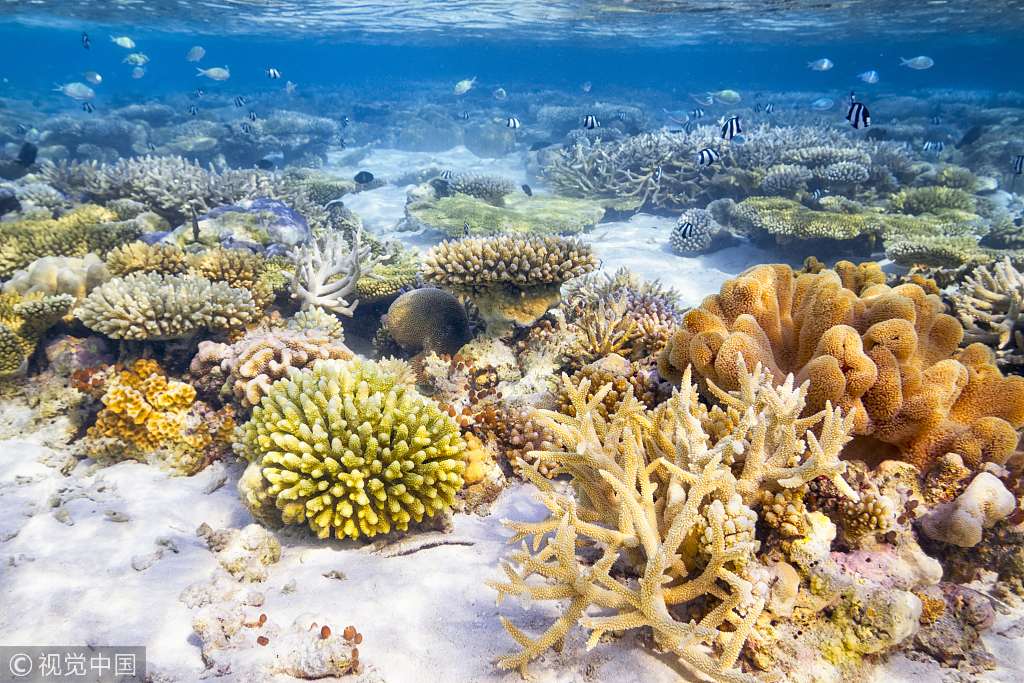
Coral reef garden. /VCG Photo
Coral reef garden. /VCG Photo
Research and ecological restoration projects are also on the way. Recently, over one third of the world's coral reefs have degraded seriously. About 2.5 percent of the world's coral reefs live in the South China Sea. To rejuvenate the coral reefs, Chinese researchers have been restoring the habitat for coral reefs and assisting reef-building corals with artificial reefs.
The blue planet is beautiful but also vulnerable. World Wildlife Day is a reminder of our shared duty to protect marine life for the planet and for future generations.
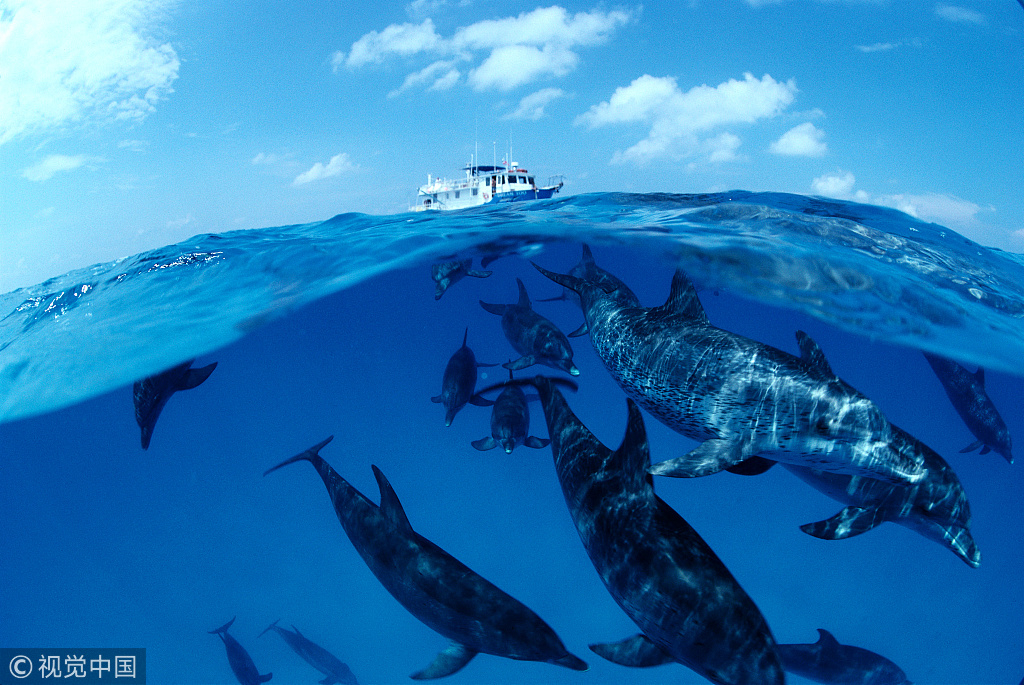
Atlantic Spotted Dolphins under the dive boat. /VCG Photo
Atlantic Spotted Dolphins under the dive boat. /VCG Photo
Read More:
(Cover image designed by CGTN's Gao Hongmei.)
(If you want to contribute and have specific expertise, please contact us at nature@cgtn.com)

SITEMAP
Copyright © 2018 CGTN. Beijing ICP prepared NO.16065310-3
Copyright © 2018 CGTN. Beijing ICP prepared NO.16065310-3